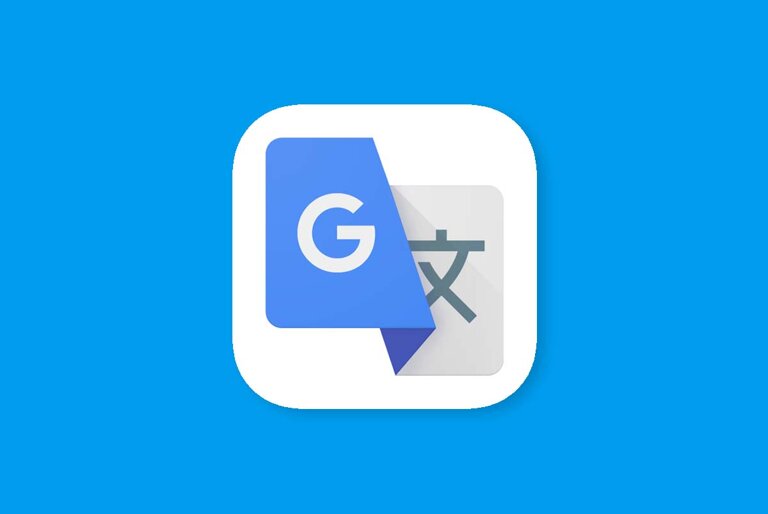YouTube is testing a new policy that could block video playback for users who use ad blockers on the platform. The policy, which was first spotted by a Reddit user and confirmed by YouTube to Android Authority, would warn users that they have three strikes before their video player is disabled.
According to YouTube, the policy is part of a small experiment that aims to urge viewers with ad blockers enabled to allow ads on YouTube or try YouTube Premium, the subscription service that offers ad-free viewing, offline downloads, and access to exclusive content.
“Ad blocker detection is not new, and other publishers regularly ask viewers to disable ad blockers,” a YouTube spokesperson said in a statement. “YouTube’s ad-supported model supports a diverse ecosystem of creators, and provides billions of people globally access to content for free with ads.”
The policy works by detecting the use of ad blockers and displaying a pop-up window that informs users that they have three strikes before their video player is blocked. The pop-up also offers them the option to disable their ad blocker and allow ads on YouTube, or subscribe to YouTube Premium. Users who ignore the pop-up and continue to use ad blockers will receive repeated notifications until their third strike, after which their video playback will be temporarily disabled.
YouTube said that it takes disabling video playback “very seriously,” and will only do so in extreme cases where viewers persist in using ad blockers. The company also said that users who feel they have been falsely flagged as using an ad blocker can share their feedback by clicking on a link in the prompt.
The test comes as YouTube faces increasing competition from other video platforms, such as TikTok, Netflix, and Disney+, as well as a slowdown in advertising revenue due to the COVID-19 pandemic.
YouTube has been trying to boost its subscription business, which includes YouTube Premium and YouTube TV, as a way to diversify its revenue streams and offer more value to its users. As of November 2022, YouTube Premium and YouTube Music had more than 80 million subscribers combined.
However, some users may not be willing to pay for YouTube Premium or tolerate ads on YouTube and may resort to other workarounds or platforms instead. It remains to be seen how effective the three-strikes policy will be in convincing them otherwise.




